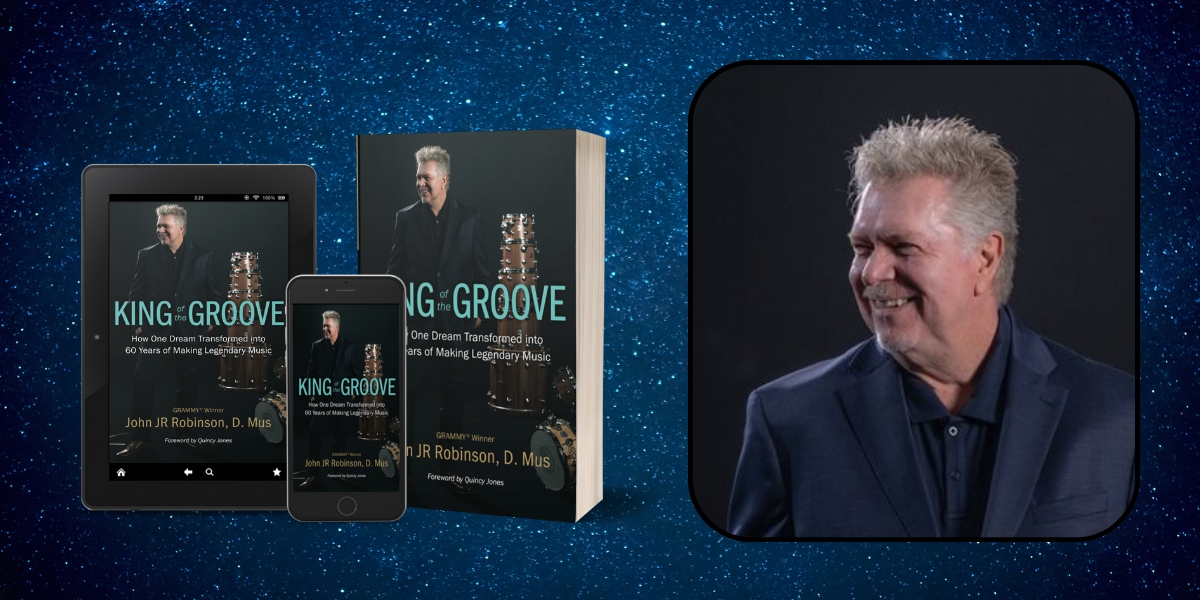As if modern dating isn’t challenging enough, determining your financial compatibility with a love interest throws another touchy factor into the mix. For many, financial compatibility is often overlooked, yet it’s a cornerstone for building a sustainable relationship. As conversations around money remain taboo for many couples, understanding the financial habits of a potential partner can be a useful skill to have when it comes to assessing long-term compatibility.
According to Chad Willardson, wealth management expert, founder and president of Pacific Capital, and four-times best-selling author, the key to recognizing financial compatibility lies in identifying the extremes of spending and saving behaviors.
Willardson advises singles to “look for the extremes” when dating, suggesting that extreme spenders or those who are overly frugal can both pose significant red flags. These behaviors, he explains, often indicate deeper issues that could jeopardize the financial stability of a relationship. “The extremes are where the dangers most often lie,” Willardson remarks, emphasizing that finding a balance is crucial for compatibility. But how can singles gauge this balance and make informed decisions about their potential partners’ financial habits?
One method is to observe purchasing habits. As relationships progress and partners become more transparent about their finances, it becomes easier to assess whether someone’s spending, investing, and saving habits align with their income. Willardson suggests that if you’re aware of your partner’s approximate income, you can start to discern whether their financial behaviors are normal or cause for concern. This assessment goes beyond mere observation; it requires open and honest conversations about financial goals and priorities.
Another critical red flag highlighted by Willardson is financial dependency on parents beyond a certain age. Encountering a partner in their thirties or forties who still relies heavily on their parents for financial support can indicate a lack of maturity or independence. This dependency suggests potential challenges in managing finances within a relationship, as it may reflect on the person’s ability to handle their own bills and contribute to shared financial goals.
So, how can singles navigate these waters and ensure financial compatibility with a potential partner? First, it’s essential to approach conversations about money with openness and without judgment. Discussing financial goals, debts, and attitudes toward spending and saving early in the relationship can set a foundation for mutual understanding and respect.
Moreover, being mindful of how your partner talks about money and reacts to financial discussions can provide valuable insights into their financial mindset. Are they open and honest, or do they evade the subject? How they handle these conversations can reveal much about their approach to finances and life in general.
Additionally, observing how your partner treats money in various scenarios—whether they’re impulse buying, meticulously planning every purchase, or somewhere in between—can offer clues to their financial habits. It’s not about passing judgment but rather understanding how their approach aligns with your financial values and goals.
Willardson’s advice to “look for the extremes” serves as a valuable guideline for singles navigating the dating scene. By paying attention to potential red flags, such as extreme spending habits or financial dependency, and striving for open communication about money, singles can better assess their financial compatibility with potential partners. In doing so, they lay the groundwork for a relationship built on mutual understanding, respect, and shared goals, ensuring a stronger, more resilient partnership for the future.
Published by: Martin De Juan






